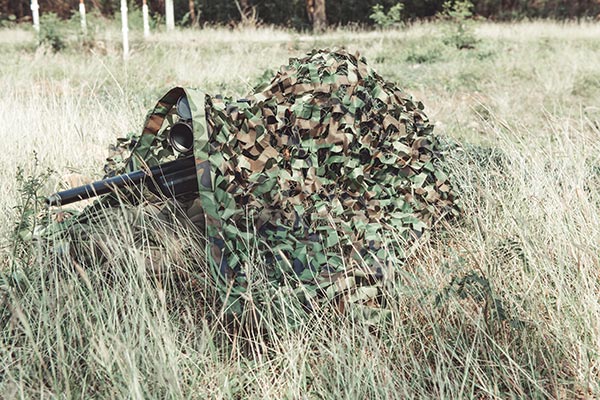10 Must-have camping tools that can teach your kids survival skills
06/23/2021 / By Divina Ramirez

Part of prepping is making sure everyone in your family knows how to survive when SHTF, including children. Setting up your children for success in life means teaching them basic, age-appropriate survival skills.
Although babies and toddlers are not going to be much help in an emergency, you can start training your little prepper as early as four or five years old. Read on to learn about the basic survival skills you should start teaching your children, as well as the many camping essentials that will teach them how to survive.
Survival aspects of camping
There are four primary survival skills that children typically learn and master when they become part of youth groups that regularly conduct camping trips. And regardless of where you live or how often you go camping with your children, it’s important you explain the precautions and the importance of doing things safely:
- Making and managing a fire – Knowing how to start a fire can mean the difference between life and death in the wild. But teaching children how to start a fire entails teaching them how to keep it under control as well. Make sure you explain how to avoid burning down surrounding trees and plants.
- Building a shelter – Even though you’ll likely pack a tent, it’s still a good idea to teach your child how to build a shelter on their own in case of an emergency, as well as how to look for a safe place to hide. Stress the importance of building a shelter before anything else. Building one is even more difficult if you’re tired or hungry.
- Giving first aid – Teaching your child basic first-aid skills will help boost their chances of survival and let them help others. Here are nine of the most important first-aid skills you should teach your child. Don’t forget to stress what should not be done because what is obvious to adults might not be obvious to children. (Related: Basic first-aid every prepper, survivalist, and camper should know.)
- Navigating –Navigating will always depend on where you are. But you can start teaching your children the basics of navigating, such as direction skills and working with a compass or map. A safe way to teach navigation is to organize a short hiking trip and have your child guide you back using a compass or map.
Camping essentials
The importance of some camping tools can also serve as an additional lesson for your little preppers. Here are 10 camping essentials that can teach your kids critical survival skills:
- Self-inflating camping pad – Self-inflating camping pads play two important roles: They add a layer of padding between your sleeping bag and the ground for comfort and they keep you warm through cold camping nights. This can be a lesson in insulation and keeping the cold at bay.
- Walkie-talkie – Walkie-talkies, also known as two-way radios, are powerful enough to send radio streams a few miles away in case someone gets lost. Teaching your kids how to find their way with maps or compasses is important. But children these days enjoy technology. Teaching them how to use walkie-talkies allows them to appreciate navigation while enjoying useful technology outdoors.
- Compass – A compass is a camping must-have. It remains the best way to teach children about finding relevant directions and understanding basic geography.
- Geocaching kits – Geocaching is like an adult version of a treasure hunt because it involves the use of navigational devices, like a compass, a global positioning system (GPS) device or a smartphone. It’s another way to teach children how to survive with the help of modern technology.
- Signal mirror – A signal mirror can easily spread light for miles. It can be used as often as needed, as long as you’re in a sunny environment. Explain to your children how light signals work so they can properly distinguish between an accidental flash of light and a call for help.
- Flashlight – Explain to your children how rescuers can find a lost person more easily if he or she has a strong flashlight.
- Emergency whistle – An emergency whistle produces loud sounds even if the user doesn’t blow hard. Blowing into an emergency whistle is more efficient than shouting when you get lost.
- First-aid kit – When teaching your child first-aid skills, have them familiarize themselves with a first-aid kit and the items inside it, such as rubbing alcohol, gauze, safety pins and disposable gloves.
- Duct tape – Duct tape can be used to repair anything, from torn tents to broken buckets. You can even use it to teach your children how to patch up holes or repair tears on the fly.
- Emergency blanket – Emergency blankets do a better job keeping you warm than the usual blankets. They are also ideal for keeping warm in situations when you can barely move to increase body heat.
Survival.news has more articles about the basic survival skills to master.
Sources include:
Tagged Under: adventure, adventure gear, bug out, camping, camping gear, children, exploring, Gear, hiking, hiking gear, off grid, outdoor gear, outdoors, preparedness, prepper, prepping, SHTF, survival, survival bag, survival skills, survival supplies, survivalist
RECENT NEWS & ARTICLES
COPYRIGHT © 2017 PREPAREDNESS NEWS




















